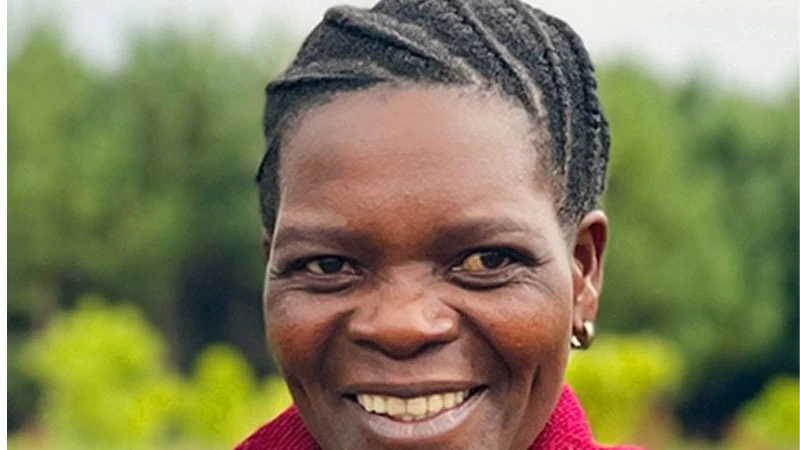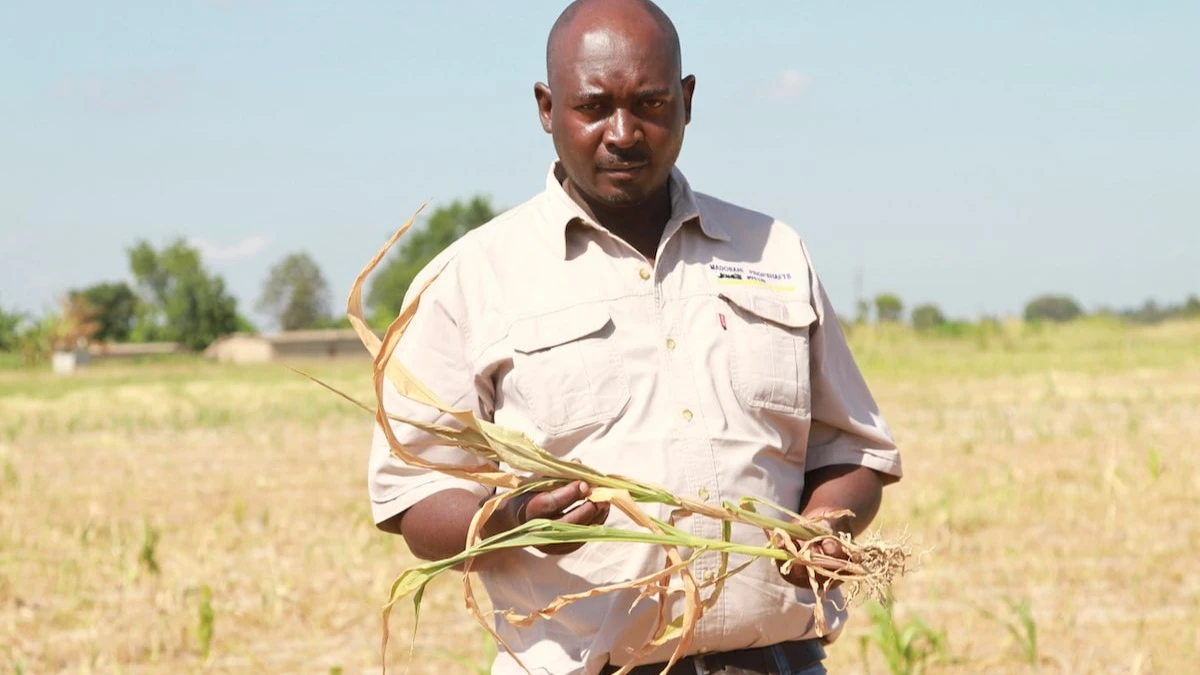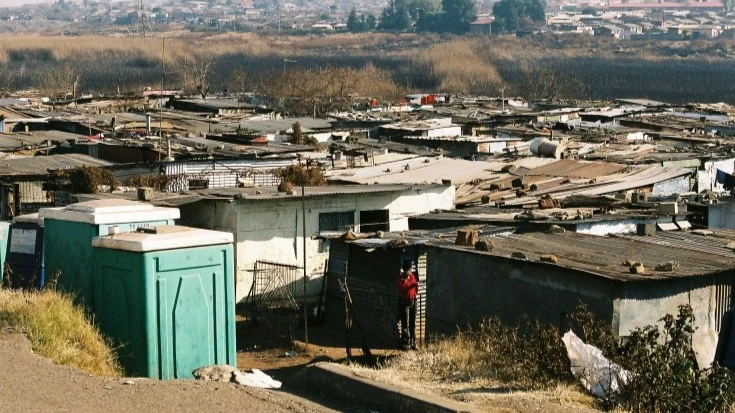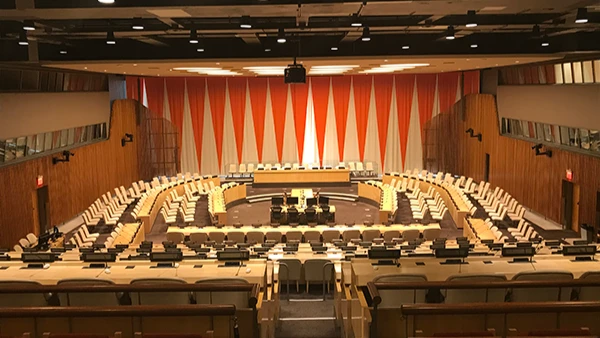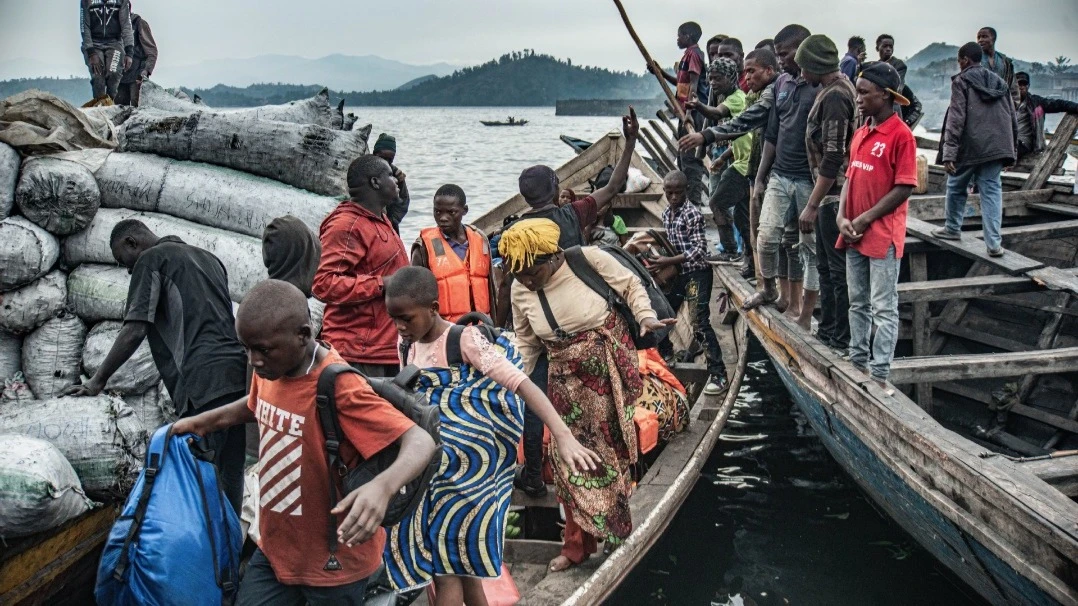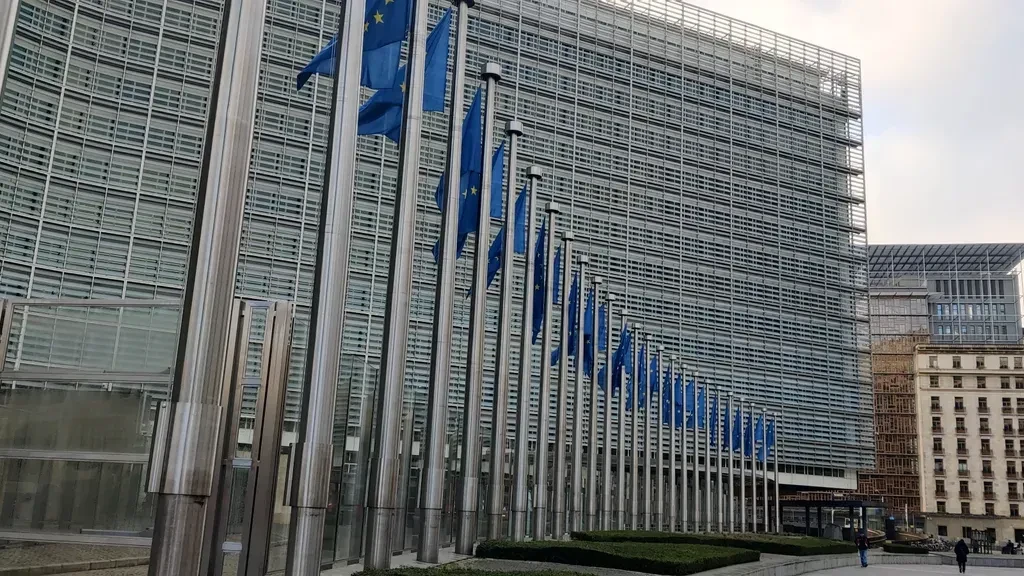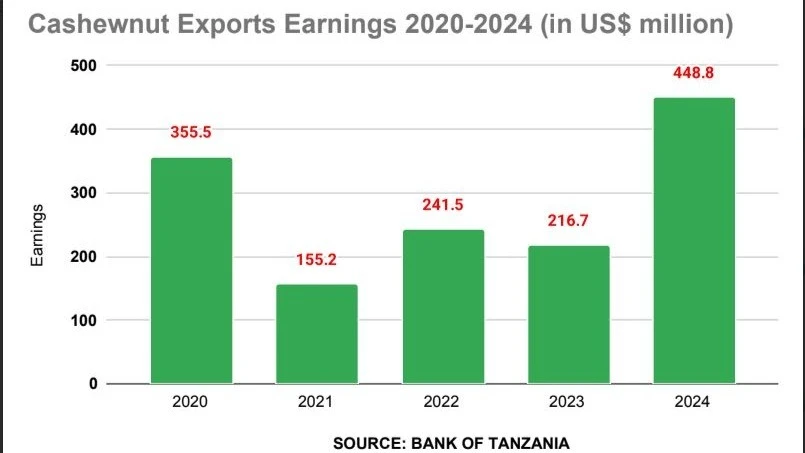Africa can turn its poverty, unemployment and inequality challenges into opportunities

ALTHOUGH sustainable development goal (SDG) 1 states ending poverty in all its forms everywhere by 2030 – that is in six years’ time from now – the number of people living in poverty, especially in Africa, is still increasing. Global Multidimensional Poverty Index (MPI) 2023 suggests that about half of poor people across the world live in sub-Saharan Africa, which translates into about 534 million people (47.8 per cent).
The MPI 2023 also shows the number of poor people living in other parts of the world, but which is less than that of Africa - South Asia: 389 people (34. 9 per cent), East Asia and the Pacific: 106 million people (9.5 per cent), Arab states: 53 million people (4.7 per cent), Latin America and the Caribbean: 33 million people (3.0 per cent) and Europe and Central Asia: 2 million people (0.2 per cent).
The report says in sub-Saharan Africa the intensity of poverty is particularly serious. “The region is home not only to the highest number of poor people, but also to the poorest of the poor.” Furthermore, it suggests that 54.1 per cent of poor children live in sub-Saharan Africa, making poverty reduction for these 306 million children a vital focus for the region.
When it comes to unemployment, which aggravates poverty, a recent report of International Labour Organisation (ILO) titled “World Employment and Social Outlook: Trends 2024” says in 2023, about a third of employed persons in sub-Saharan Africa were living in extreme poverty (in households subsisting on less than $2.15 per day per person).
The report goes further saying (as it cites World Bank data) “in sub-Saharan Africa alone, in 2023, 145 million people were in extreme working poverty (at the $2.15 per day threshold, in purchasing power parity terms), equating to a third of the employed population. Per capita incomes are expected to grow less than 1 per cent in 2023–24, and 40 per cent of sub-Saharan Africa’s population live in countries (including the three largest economies) where per capita incomes will be lower in 2024 than at the start of the pandemic.”
It says unemployment has remained slightly high since the pandemic and the youth are particularly at risk. Citing IMF data of 2023, the report says limited fiscal space affects African countries’ abilities to respond to external shocks.
“Of continuing concern is the ability of these countries to be resilient to and rebuild from events resulting from climate change, such as prolonged droughts, crop failure, and storms, which can disrupt key economic drivers such as mining activity and agricultural production.”
Furthermore, the report says an additional concern is that much existing growth in GDP is not accompanied by an increase in per capita incomes, which rise too slowly to reduce extreme poverty and working poverty (earning less than $2.15 per day per person).
Another challenge the report cites is a security threat to some African countries, namely, Mali, Niger, Burkina Faso, Chad and Mauritania, saying “continuing security risks have the potential to depress growth. Such conflict impacts on livelihoods as well as diverting public funds away from growth-enhancing investment.”
A UN report titled “Economic Report on Africa 2024: Investing in a Just and Sustainable Transition in Africa” too acknowledges that despite the progress being made across Africa there are still some challenges which interfere in Africa’s economic growth. This observation was made by United Nations Economic Commission for Africa (EAC) Under-Secretary General and Executive Secretary Claver Gatete who says “Africa faces persistent hurdles to its inclusive and sustainable development.
Despite several pockets of excellence in the continent’s progress towards the Sustainable Development Goals (SDGs) and the African Union’s Agenda 2063, the number of SDG targets that require acceleration or reversal exceeds those that are on course.”
Gatete says poverty, inequality, food insecurity, and unemployment contribute to poverty intensity as from 2019 to 2023 the number of people vulnerable to poverty rose by 28 per cent. However, as a solution he proposes Africa to enhance its climate resilience and embark on a greener growth path to generate decent jobs and contribute to global efforts to fight against climate change and conserve nature.
While it states that Africa is projected to have 476 million people living in poverty in 2024, the UN report suggests “turning the tide on poverty, unemployment, and inequality in an equitable and sustainable way will require focusing on job-rich and green growth, including strengthening human capital (health and education), leveraging the African Continental Free Trade Area (AfCFTA), and closing the food and energy gaps.”
The UN report suggests Africa’s generous endowment in natural resources, arable land and youthful populations and a shift to renewable (clean) energy are crucial for sustainability transition. “Making the most of them will require not only a fundamental shift in countries’ policy and planning processes, but also much greater and more effective involvement of the private sector and development partners.”
Top Headlines
© 2025 IPPMEDIA.COM. ALL RIGHTS RESERVED


